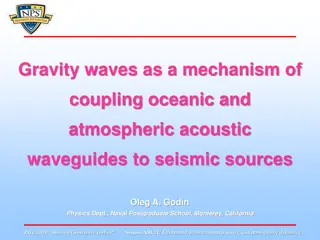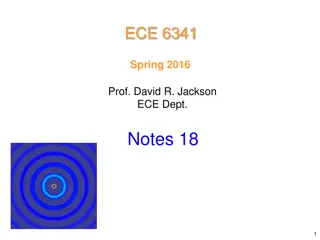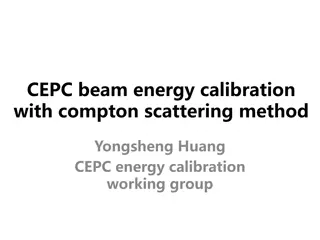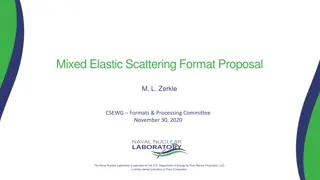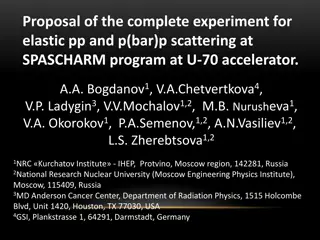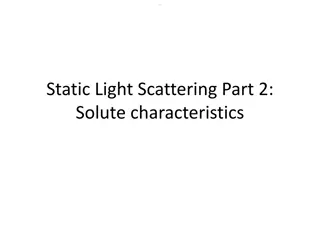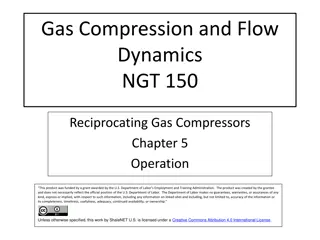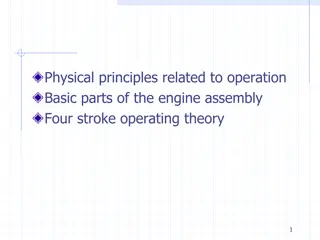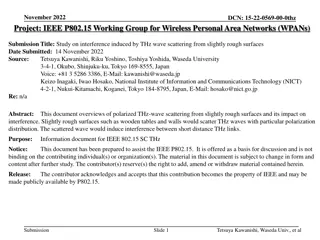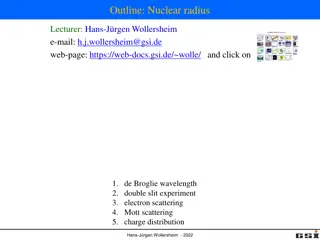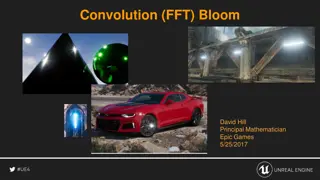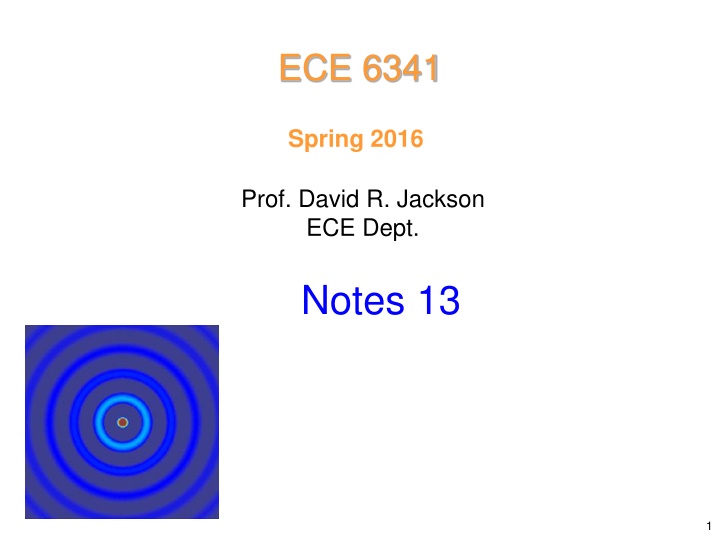
Plane Wave Expansion in Cylindrical Coordinates: Notes and Derivations
"Explore the concept of plane wave expansion in cylindrical coordinates as a series of cylindrical waves through detailed notes and derivations. Understand the representation of plane waves and their applications in solving scattering problems in electromagnetic theory."
Download Presentation

Please find below an Image/Link to download the presentation.
The content on the website is provided AS IS for your information and personal use only. It may not be sold, licensed, or shared on other websites without obtaining consent from the author. If you encounter any issues during the download, it is possible that the publisher has removed the file from their server.
You are allowed to download the files provided on this website for personal or commercial use, subject to the condition that they are used lawfully. All files are the property of their respective owners.
The content on the website is provided AS IS for your information and personal use only. It may not be sold, licensed, or shared on other websites without obtaining consent from the author.
E N D
Presentation Transcript
ECE 6341 Spring 2016 Prof. David R. Jackson ECE Dept. Notes 13 1
Plane Wave Expansion The goal is to represent a plane wave in cylindrical coordinates as a series of cylindrical waves (to help us do scattering problems). y = ( ) x E E = 0 e ( , ) jkx x = cos x Generating function: (Schaum s Outline Eq. (24.16)) 1 t + t = ( ) n 2 e J t n = n 2
Plane Wave Expansion (cont.) = k Let = j t je 1 t 1 je j j j = = 2 cos j t je je je = j Hence, the generating function identity gives us + 1 t k ( ) )cos e e e ( ) = ( j k 2 cos j t jn n jkx = = = ( e J k 2 2 )( ) j e n = n 3
Plane Wave Expansion (cont.) or + 1 j = Jacobi-Anger Expansion jkx jn ( ) e J k e n n = n Generalization: + 1 j = jk x jk z jk z jn ( ) e e e J k e x z z n n = n where ( ) 1/2 = = 2 2 z k k k k x 4
Alternative Derivation Let + = jkx jn ( ) e a J k e n n = n Note: The plane-wave field on the LHS is finite on the z axis. Multiple by e-jm and integrate over = 2 2 , 0, m m n n = jm jn e e d Note that 0 2 = jkx jm 2 ( ) e e d a J k Hence m m 0 5
Alternative Derivation 2 = jkx jm 2 ( ) e e d a J k m m 0 2 1 = jkx jm a e e d Hence m 2 ( ) J k m 0 2 1 = cos jk jm a e e d or m 2 ( ) J k m 0 Note: It is not obvious, but am should be a constant (not a function of ). 6
Alternative Derivation (cont.) Identity (adapted from Schaum s Mathematical Handbook Eq. (24.99)): 2 j 2 0 + ( cos j x ) m = ( ) x e d J m m Hence 1 2 j = ( ) a J k m m m 2 ( ) J k m or We then have 1 m j + 1 j = a = jkx jn m ( ) e J k e n m = n 7
Scattering by Cylinder A TMz plane wave is incident on a PEC cylinder. z Assume ky = 0 (rotate the coordinates if necessary) k a TMz i H i x i E = = cos sin k k k k i e + = ( ) j k x k z x i y H H x z 0 y z i 8
Scattering by Cylinder (cont.) Let A e + = ( ) j k x k z i zA x z 1 To find A1: i z 1 A x = i y H 1 ( ) + = ( ) j k x k z jk Ae x z 1 x 9
Scattering by Cylinder (cont.) Hence j = H k A 0 1 y x or 1 k = A j H 1 0 y x The incident potential is A e + = ( ) j k x k z i zA x z 1 10
Scattering by Cylinder (cont.) For denote a = + i z s z A A A z The incident potential is that which exists assuming that the cylinder is not there. The scattered potential is that produced by the currents on the cylinder, which radiate. 11
Scattering by Cylinder (cont.) z k a TMz sJ i H i x i E i e + = ( ) j k x k z y H H x z According to the equivalence principle, we can remove the metal cylinder and keep the surface currents. 0 y 12
Scattering by Cylinder (cont.) i s zA zA To solve for , first put into cylindrical form (Jacobi-Anger identity): + 1 j = jk z i z jn ( ) A Ae J k e z 1 n n = n = = = = 2 2 z 2 2 2 sin cos k k k k k k k where i i x Assume the following form for the scattered field: + 1 j ( ) 2 n = jk z s z jn ( ) A A e a H k e z 1 n n = n 13
Scattering by Cylinder (cont.) = = 0 0 E E z = a At 2 1 A z = + 2 E k A z z z 2 j 2 1 1 A = E z z j Both will be satisfied if ( ) , , = 0 zA a z 14
Scattering by Cylinder (cont.) Hence ( ) ( ) s i , , = , , A a z A a z z z This yields ( ) ( )( n ) 2 = J k a a H k a n n ( ) or J k a n = a ( )( n ) n 2 H k a We then have ( ( ) ) J k a k a + 1 j ( ) 2 n n = jk z s jn ( ) A e A H k e z ( ) 2 n n z H 1 = n 15
Scattering by Cylinder (cont.) Note: We were successful in solving the scattering problem using only a TMz scattered field. This is because the cylinder was perfectly conducting. For a dielectric cylinder, the scattered field must have BOTH Az and Fz (unless the incident plane wave haskz = 0). 16
High-Frequency Scattering by Cylinder (cont.) The total field near a conducting cylinder is shown (normal incidence). Incident wave = j A E z z http://www.mathworks.com/matlabcentral/fileexchange/30162-cylinder-scattering 17




